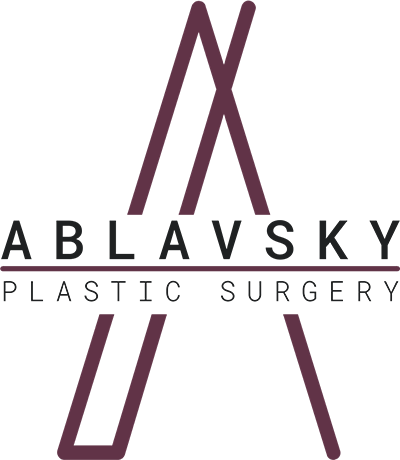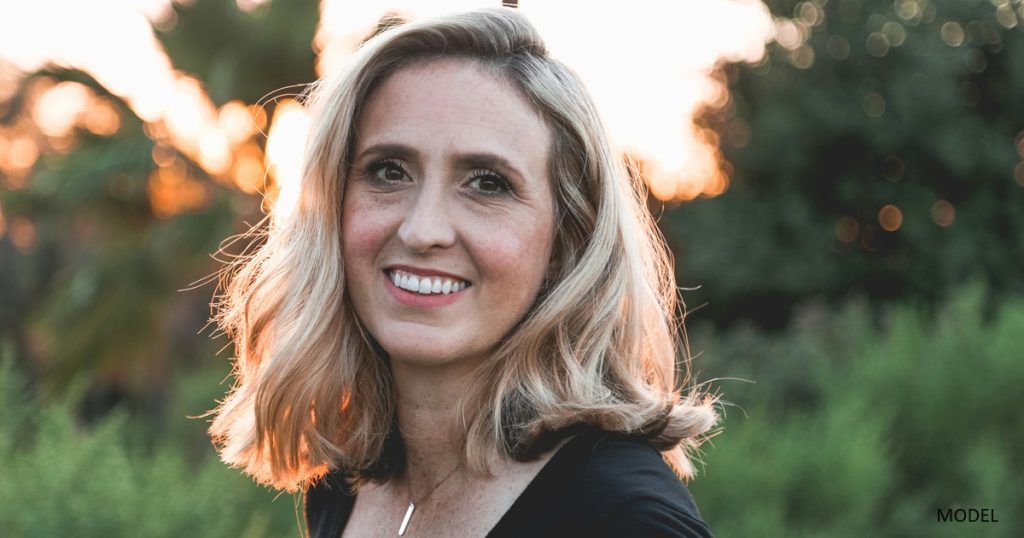Recovering from a breast lift, also known as mastopexy, varies from person to person, but here’s a general week-by-week guide that most patients can expect. Remember, always follow the specific advice of Dr. Michael Ablavsky, as he will tailor guidance to your individual health, the specifics of your surgery, and your body’s unique response to the procedure.
Week 1
- Immediately After Surgery: Expect soreness, swelling, and bruising. You’ll likely have bandages and possibly drains to remove excess fluid.
- Pain Management: Dr. Ablavsky will prescribe a pain control regimen tailored to your needs. The post-operative pain regimen utilizes a multimodal approach which can include, extended-release local anesthetic (Exparel), Tylenol, anti-inflammatories, muscle relaxants, non-opiate analgesics, and narcotics. It’s crucial to take it as directed.
- Activity: Dr. Ablavsky emphasizes ambulation after surgery which can decrease risk of constipation, blood clot formation (DVT, pulmonary embolism), while also having a positive impact on recovery. Although moderate walking is encouraged, strenuous activity, such as lifting, straining, or physical exertion should be limited.
Week 2
- Follow-up Visit: Typically, you’ll see Dr. Ablavsky for a 1-week follow-up to check on your healing progress.
- Swelling and Bruising: These will still be present but should start to decrease.
- Activity: Continue to avoid strenuous activities. You may be able to do light tasks around the house.
Week 3-4
- Decreasing Symptoms: Swelling, bruising, and discomfort should noticeably reduce.
- Increased Mobility: You can gradually increase your activity level but should still avoid heavy lifting and strenuous exercise.
- Compression Garment: Dr. Ablavsky encourages using compression garments during the recovery process. Compression decreases swelling, bruising, and minimizes the harmful effects of inflammation. We provide post-surgical garments that are tailored to the procedure performed. Typically, Dr. Ablavsky has his patients wear compression garments for at least 4-6 weeks.
Week 5-6
- Return to Normal Activities: Most patients can return to work (if not physically demanding) and social activities.
- Exercise: Light exercises might be permitted but avoid any activity that puts too much strain on your incisions.
Week 7-8
- Feeling Normal: Most of the healing is complete, though some internal healing will continue.
- Full Activity: You can usually return to all your normal activities, including more strenuous exercise. Dr. Ablavsky will have a personalized discussion with you for activity clearance.
Scar Treatment
Long-term Care
- Scarring and Skin Type: Darker skin types may be more prone to hypertrophic scars or keloids.
- Genetics: Some individuals genetically heal better with less noticeable scarring.
Healing Process
- Immediate Care: Proper care of the incisions post-surgery can affect scarring. This includes keeping the area clean, avoiding tension on the incisions, and following your surgeon’s instructions.
- Long-term Care: Long-term care includes protecting scars from the sun, as UV exposure can darken scars.
Post-Operative Care
- Silicone Sheets or Gel: These are often recommended for scar management, as they can help flatten and fade scars.
- Steroid Injections: For hypertrophic scars or keloids, steroid injections can reduce scar thickness and itchiness.
- Laser Treatments: Certain laser treatments can improve the color and texture of scars, making them less noticeable.
Give It Time
- Scars typically mature over 1 to 2 years. They usually become flatter, softer, and lighter with time.
Schedule Your Consultation
Please request a complimentary consultation for your breast lift procedure or call (210) 942-6672 to schedule an appointment with Dr. Ablavsky today.


Leave a Reply